Filter by
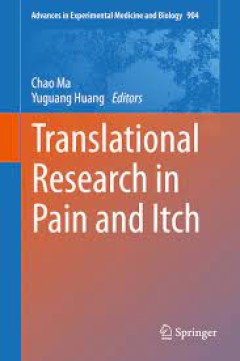
Translational Research in Pain and Itch
This book provides a comprehensive review of the latest advances in translational pain and itch research, and presents the cutting-edge developments in the study of our two principal, yet most mysteries sensations. Despite the slow progress in the discovery of effective therapies for chronic pain and pruritus, scientists around the globe now have a better understanding of why and how these cond…
- Edition
- -
- ISBN/ISSN
- 978-94-017-7537-3
- Collation
- -
- Series Title
- -
- Call Number
- -
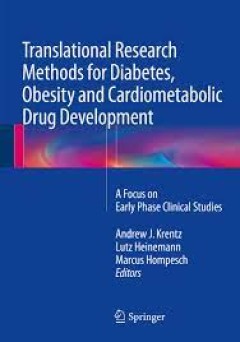
Translational Research Methods for Diabetes, Obesity and Cardiometabolic Drug…
The world is beset by a pandemic of obesity and type 2 diabetes and the need for new drugs is startlingly clear; recent years have seen a huge increase in research activity to fill this gap. The development of new drugs for diabetes and obesity must be founded upon a sound appreciation of the pathophysiology of these common disorders. The dual defects of insulin resistance and impaired insulin …
- Edition
- -
- ISBN/ISSN
- 978-1-4471-4920-0
- Collation
- -
- Series Title
- -
- Call Number
- -

Translational Biomedical Informatics A Precision Medicine Perspective
This book introduces readers to essential methods and applications in translational biomedical informatics, which include biomedical big data, cloud computing and algorithms for understanding omics data, imaging data, electronic health records and public health data. The storage, retrieval, mining and knowledge discovery of biomedical big data will be among the key challenges for future transla…
- Edition
- -
- ISBN/ISSN
- 978-981-10-1503-8
- Collation
- -
- Series Title
- -
- Call Number
- -
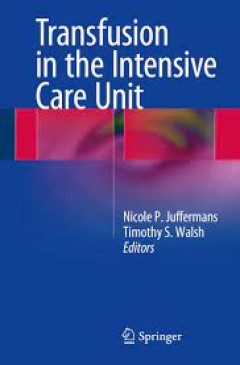
Transfusion in the Intensive Care Unit
Due to a high incidence of anemia, critically ill patients are frequently transfused, with up to 40% of patients receiving a transfusion during their stay in the Intensive Care Unit. It has become increasingly clear that there is an association between transfusion and adverse outcomes, underlining the need for a careful assessment of the risks and benefits of a blood transfusion. In the last de…
- Edition
- -
- ISBN/ISSN
- 978-3-319-08735-1
- Collation
- -
- Series Title
- -
- Call Number
- -
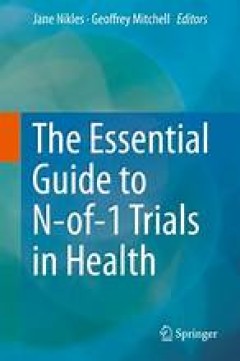
The Essential Guide to N-of-1 Trials in Health
N-of-1 trials, a type of individualized randomized controlled trial, are relevant to almost every discipline in medicine and psychology. They can tell the clinician with precision whether a treatment works in that individual, which distinguishes from the information available from most other trial designs. They have the potential to revolutionize the way clinical medicine is practiced. Whet…
- Edition
- 1
- ISBN/ISSN
- 978-94-017-7200-6
- Collation
- XI, 245
- Series Title
- -
- Call Number
- -
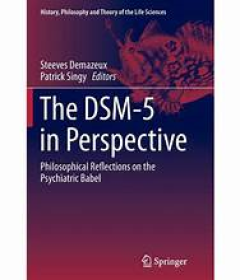
The DSM-5 in Perspective
Since its third edition in 1980, the Diagnostic and Statistical Manual of Mental Disorders (DSM) of the American Psychiatric Association has acquired a hegemonic role in the health care professions and has had a broad impact on the lay public. The publication in May 2013 of its fifth edition, the DSM-5, marked the latest milestone in the history of the DSM and of American psychiatry. In The DSM…
- Edition
- 1
- ISBN/ISSN
- 978-94-017-9765-8
- Collation
- XXIV, 238
- Series Title
- History, Philosophy and Theory of the Life Sciences
- Call Number
- -
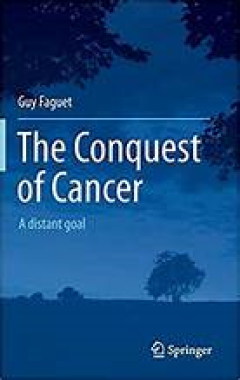
The Conquest of Cancer
Based on 30 years of clinical and research experience, backed by a careful assessment of four decades of published data, Dr. Faguet documented in The War on Cancer (Springer 2005), early advances in cancer treatment and patient survival that soon stalled. Ten years later and after an exhaustive analysis of evidence-based data available through 2013 that incorporates 755 references, he reveals t…
- Edition
- 1
- ISBN/ISSN
- 978-94-017-9165-6
- Collation
- XV, 249, 19 b/w illustrations, 7 illustrations in colour
- Series Title
- -
- Call Number
- -
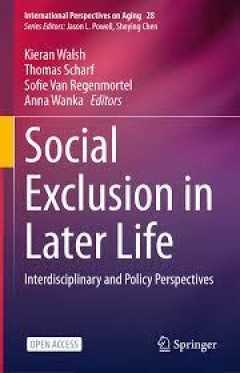
Social Exclusion in Later Life Interdisciplinary and Policy Perspectives
Drawing on interdisciplinary, cross-national perspectives, this open access book contributes to the development of a coherent scientific discourse on social exclusion of older people. The book considers five domains of exclusion (services; economic; social relations; civic and socio-cultural; and community and spatial domains), with three chapters dedicated to analysing different dimensions of …
- Edition
- -
- ISBN/ISSN
- 9783030514068
- Collation
- -
- Series Title
- -
- Call Number
- -

Life is Short, Art Long The Art of Healing in Byzantium : New Perspectives
Life is short, art long: The art of healing in Byzantium. New perspectives. Providing new approaches to Byzantine views on health and medicine, this 13-chapter volume builds interdisciplinary bridges between a variety of subjects, ranging from religious beliefs and supernatural forces to oral health and dietary habits. Other topics include perceptions of the eternal afterlife, health centers in…
- Edition
- -
- ISBN/ISSN
- 9786054642762
- Collation
- -
- Series Title
- -
- Call Number
- -
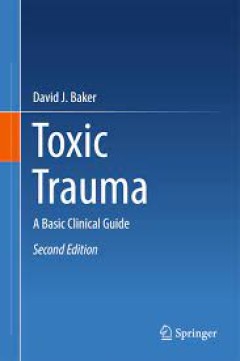
Toxic Trauma A Basic Clinical Guide
Winner of BMA Medical Book Award, Highly Commended in Public Health Written for medical professionals, this book provides a concise reference with clear guidelines on how to manage both the victims of chemical agent exposure and the site of the incident. David Baker considers the nature and basic science of the hazards faced as well as the practical management of persons exposed to chemicals…
- Edition
- -
- ISBN/ISSN
- 978-3-319-40916-0
- Collation
- -
- Series Title
- -
- Call Number
- -
 Computer Science, Information & General Works
Computer Science, Information & General Works  Philosophy & Psychology
Philosophy & Psychology  Religion
Religion  Social Sciences
Social Sciences  Language
Language  Pure Science
Pure Science  Applied Sciences
Applied Sciences  Art & Recreation
Art & Recreation  Literature
Literature  History & Geography
History & Geography